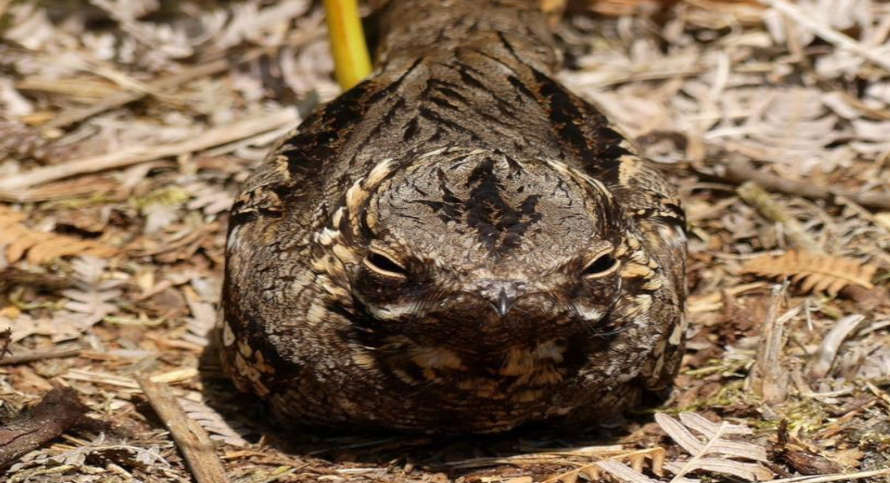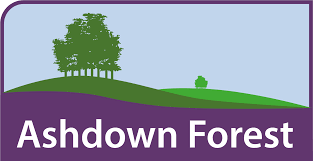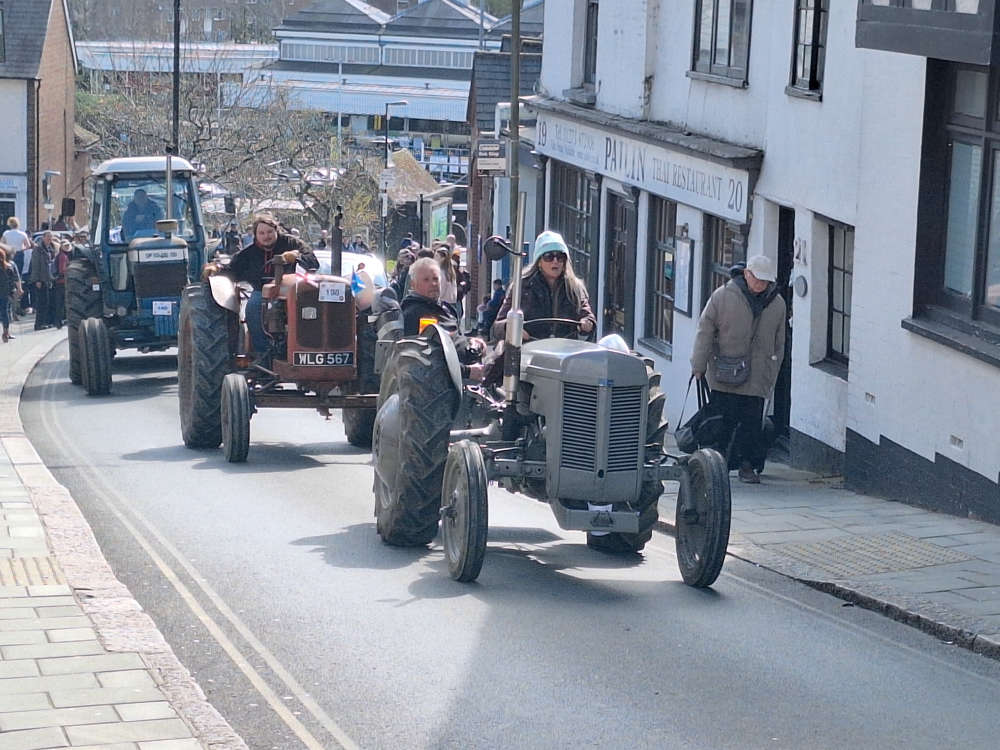
How counting Nightjars protects Ashdown Forest
One of the birds that ensures Ashdown Forest’s global protected status is thriving according to the results of an annual survey.
The nightjar lives on the Forest’s rare lowland heath and is characterised by its nocturnal lifestyle and jarring call. The Forest’s lowland heath is a habitat that is even rarer than the rainforest and the presence of the Nightjars indicates it is in good health.
A team of volunteers led by Ashdown Forest rangers recently completed their yearly audit. The work is essential to chart the population numbers of the birds. They are protected by The Wildlife and Countryside Act 1981 and are on the UK conservation Amber watch list.
The survey revealed that wherever there is suitable habitat on the Forest the Nightjar is found. The Forest rangers have been working to restore and enhance the birds’ territories. The Nightjar is a ground nesting species and there is concern that they could be vulnerable to disturbance from predators and human visitors. The survey identified 86 territories (that is up from 85 in 2022).
Ash Walmsley, Ashdown Forest’s Countryside Manager said:
“These birds are vital to the Forest’s protected status. A thriving population of nightjars is a reliable barometer for the health of our lowland heath. We will now be concentrating our efforts on improving and extending their habitat and we hope to see a higher number of them next year. I would like to thank our fantastic volunteers for their help with this vital work.”
Nightjars arrive at Ashdown Forest from Africa in May and nest on the ground often close to paths. When the chicks hatch, their eyes are already open and they can walk, but they are not able to fly for round 18 days which makes them vulnerable to predators and disturbance from dogs and human visitors. The parents hunt at dawn and dusk and feed their offspring for around 12 days. Then when they are ready, they will embark on the long journey back to Africa.
Ash added:
“These are amazing birds and we are so lucky to have them on the Forest. Visitors can help us to protect the nightjars by keeping themselves and their dogs to the designated paths when exploring the Forest and by picking up dog poo. Dog poo acts as a fertiliser and can damage the heathland which depends on low nutrients to thrive. Our visitors are key to the protection and preservation of the nightjar.”
Image credit to Alastair Gray
 Appeal after PCSO assaulted in Uckfield
Appeal after PCSO assaulted in Uckfield
 Free health checks return to Wealden
Free health checks return to Wealden
 Smyths Toy Store is coming to Eastbourne
Smyths Toy Store is coming to Eastbourne
 Grazing livestock is coming back to Ashdown Forest
Grazing livestock is coming back to Ashdown Forest
 South Downs Tractor Run raises £21k for charity farm
South Downs Tractor Run raises £21k for charity farm
 Maresfield Post Office has agreed a move and will have extended opening hours
Maresfield Post Office has agreed a move and will have extended opening hours
 Summer Lifeguard Season Gets Underway on Eastbourne Beach
Summer Lifeguard Season Gets Underway on Eastbourne Beach
 Friends gather to remember James Adler
Friends gather to remember James Adler






